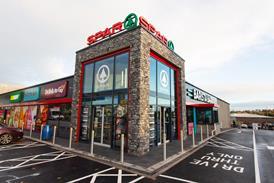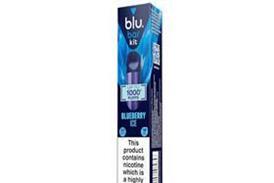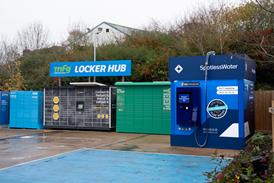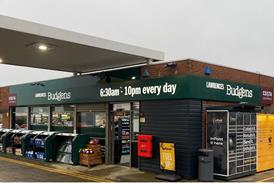
It was interesting to read that Shell is the latest major retail group to confirm that it is discontinuing the sale of magazines in its forecourt shops; not least because I can’t recall seeing magazines in any of the forecourt shops that I’ve been to in quite a while.
Actually, for that matter, I have to admit that I can’t remember the last time that I bought a paper magazine; most of the titles that I used to buy have long disappeared, and like most people I simply go online to read particular articles in the ones that are left.
The move itself is not really surprising. Forecourt shops moved into news and magazines in a major way back in the 1990s, lured by the prospect of quick turnover items that could be displayed in a quite attractive way in their then contemporary shop formats.
The category was seen as both attracting new customers away from competing newsagents, and hopefully bringing some additional confectionery and tobacco sales with them, as well as being impulse buy items for fuel customers. Most titles would be on sale or return, with anticipated gross margins in the 25% range and a stock-turn of at least 12 times a year, (both dependent on the mix between newspapers and magazines). The forecast returns easily exceeded what was known as ‘the 250 rule’ in which percentage gross profit multiplied by stock turn (365 days divided by the number of days the stock was on shelf before it was sold) gives a return of at least 250%. So, a no-brainer for retailers was to get them out there.
The reality wasn’t all that different. Gross margins typically worked out around 20% overall – and that was after accounting for damaged or lost stock. If you could sell more of the glossies than dailies, margins were better. But retailers quickly found that sale or return wasn’t quite as easy as some had imagined. A frequent issue was that when retailers saw the wholesaler’s statements the return credits frequently weren’t quite as much as they were expecting – and then there were the delivery charges, which made calculating precise margins on any particular sales line rather difficult. All in all, though, 20% gross was still not to be sniffed at, and many retailers felt that they were seeing new customers for all sorts of sales after they’d put the papers in.
The downside to this rosy picture was that newspapers and magazines have always been quite labour intensive sales categories. Deliveries arrive very early in the morning; someone has to go out and check what’s arrived and then spend time putting everything in its correct place in the display racks.
Customers can be quite messy, picking-up items, browsing them and then putting them back in the wrong place if they don’t buy them. Some staff member has to go and tidy up during the day. Then there’s the evening ritual: take all the stuff that’s due to be returned to the wholesaler out of the racks, wrap and label it, and then leave it for the delivery driver to pick up the next morning. None of these tasks are especially onerous individually, but someone has to do them – and as we’ve mentioned several times in recent months, people, multiplied by time, equals money.
And that’s what puzzles me a little about the Shell story: while they’re dropping magazines, they insist that there’s no plan to remove newspapers (at least at the moment). Remove the lines with higher margins and less work to do, while leaving ones which generate lower gross margins and still need staff time. I don’t quite see the logic there.
On many sites that currently sell them, these items can command quite a lot of display space. The big question is what fast turnover/decent margin sales category can replace newspapers and magazines and fill that space in the shop.
- ekwgroup.co.uk
01942 816512
-


























